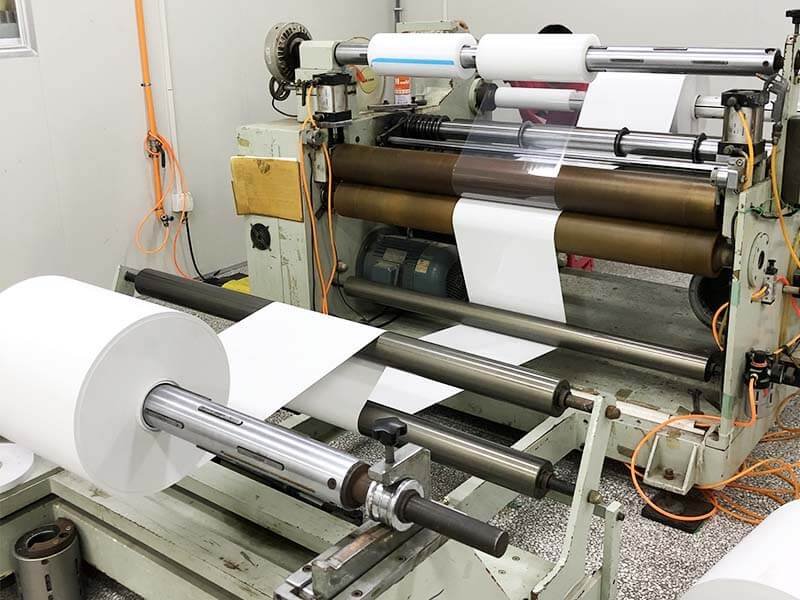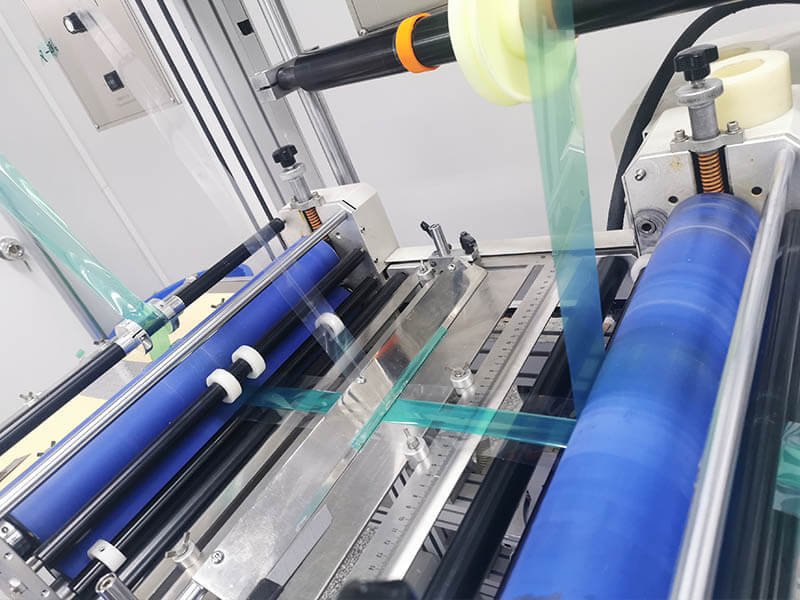Laminated Tapes
Tape lamination is a process in which films of different materials are laminated together by means of an adhesive to form a multi-layers structure. Through tape lamination, film materials with different properties and functions can be combined to meet specific application requirements. The strength, stability and functionality of the laminating tapes are widely used in food packaging, pharmaceutical packaging, electronics packaging and industrial packaging to provide protection, moisture, heat insulation, barrier and other functions.
At the same time, the tape composite also brings more possibilities for the development and innovation of the tape industry.


Lamination Processing
Selection of suitable composite materials, usually including polyethylene (PE), polyester (PET), polypropylene (PP) and so on. These materials are selected according to the desired properties and functions.
The raw materials are coated, dried, etc., in order to make them meet the requirements needed for the composite. These treatment steps improve the adhesion and stability of the material.
The treated materials are bonded together by adhesives to form a multi-layer structure. The lamination can be done by various methods such as hot pressing, cold pressing or glue bonding, depending on the material properties and product requirements.
The laminated tape needs to be cut and rewound according to different application requirements. Cutting allows the tape to be cut to the required size, while rewinding rewinds the wider tape into a narrower roll for easier use and storage.
Converting Capabilities - Lamination Advantages
Adhesive Strength
Durability
Widely Applications
Laminated tapes often come with a strong adhesive backing that provides excellent adhesion to various surfaces, including plastic, metal, glass, and paper. The adhesive is designed to bond securely, ensuring that the tape remains in place even in demanding conditions. This strong adhesion makes laminated tapes reliable for long-term labeling and marking applications.
They are designed to be highly durable and resistant to wear and tear and constructed with multiple layers of materials, including a protective laminate coating, which enhances their strength and longevity. This durability makes them suitable for a wide range of applications, including outdoor use and industrial environments.
Also they has a wide range of applications in the field of food packaging, pharmaceutical packaging, electronic product packaging and industrial packaging. For example, food packaging often used in the sealing tape, pharmaceutical packaging in the laminating tape, electronic product packaging in the anti-static tape.

